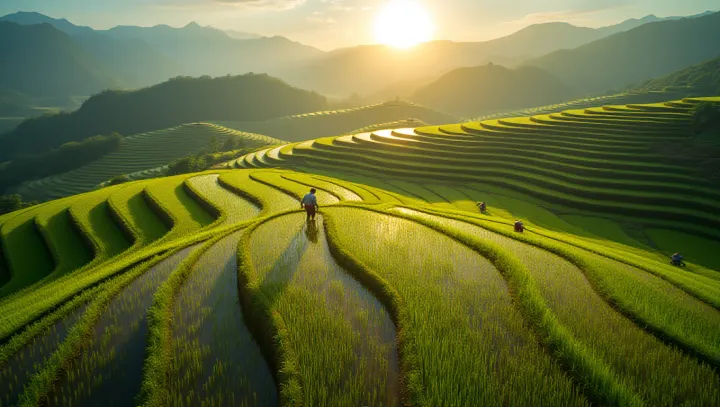"Are Terraced Fields a Natural Wonder or a Human Creation?"

In the mist-draped terraced fields of Yunnan, China, ancient agricultural practices converge with modern ecological insights, forming a living repository of biodiversity and sustainability. These breathtakingly sculpted landscapes are more than just visual spectacles—they are dynamic ecosystems where human activity fosters and flourishes alongside native plant life. Recent research published in the Encyclopedia of Life underscores the significance of these terraced fields in promoting environmental resilience.
By manipulating terrain to harness water flow and sunlight, local farmers have cultivated not only crops but a delicate balance, nurturing indigenous plant species that thrive amidst human agricultural endeavors. Terraced fields stand as testaments to human adaptability and innovation, meeting the increasing demands for food production while preserving ecological integrity. As global populations grow and climate change intensifies, lessons gleaned from these terraced landscapes might offer pathways to more harmonious interactions with our environment.
Experts argue that the replication of these practices in other regions could prove crucial in addressing worldwide food security challenges. The symbiotic relationship observed between plant and human life in terraced fields could be pivotal in pioneering new agricultural methodologies that prioritize sustainability over exploitation.
